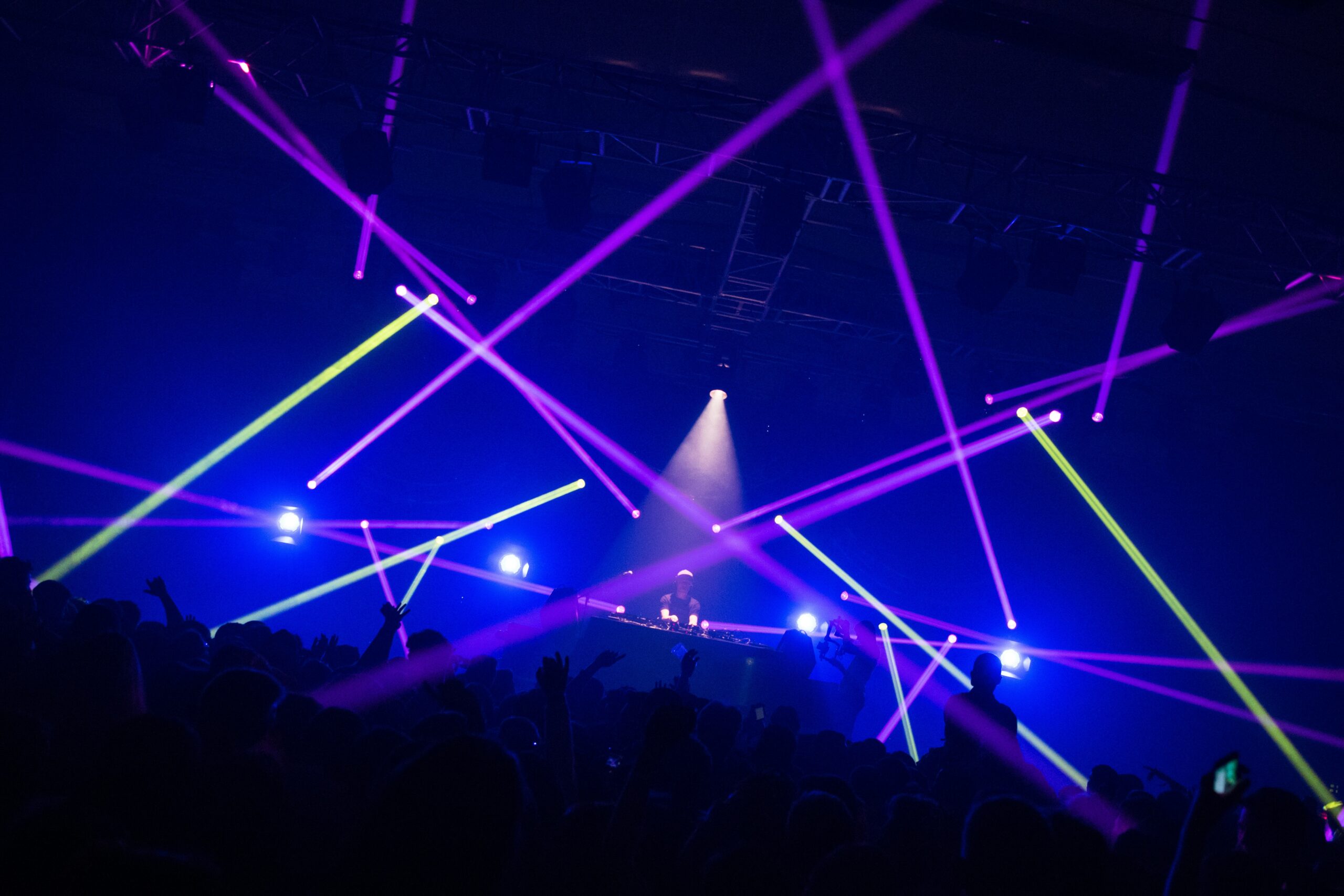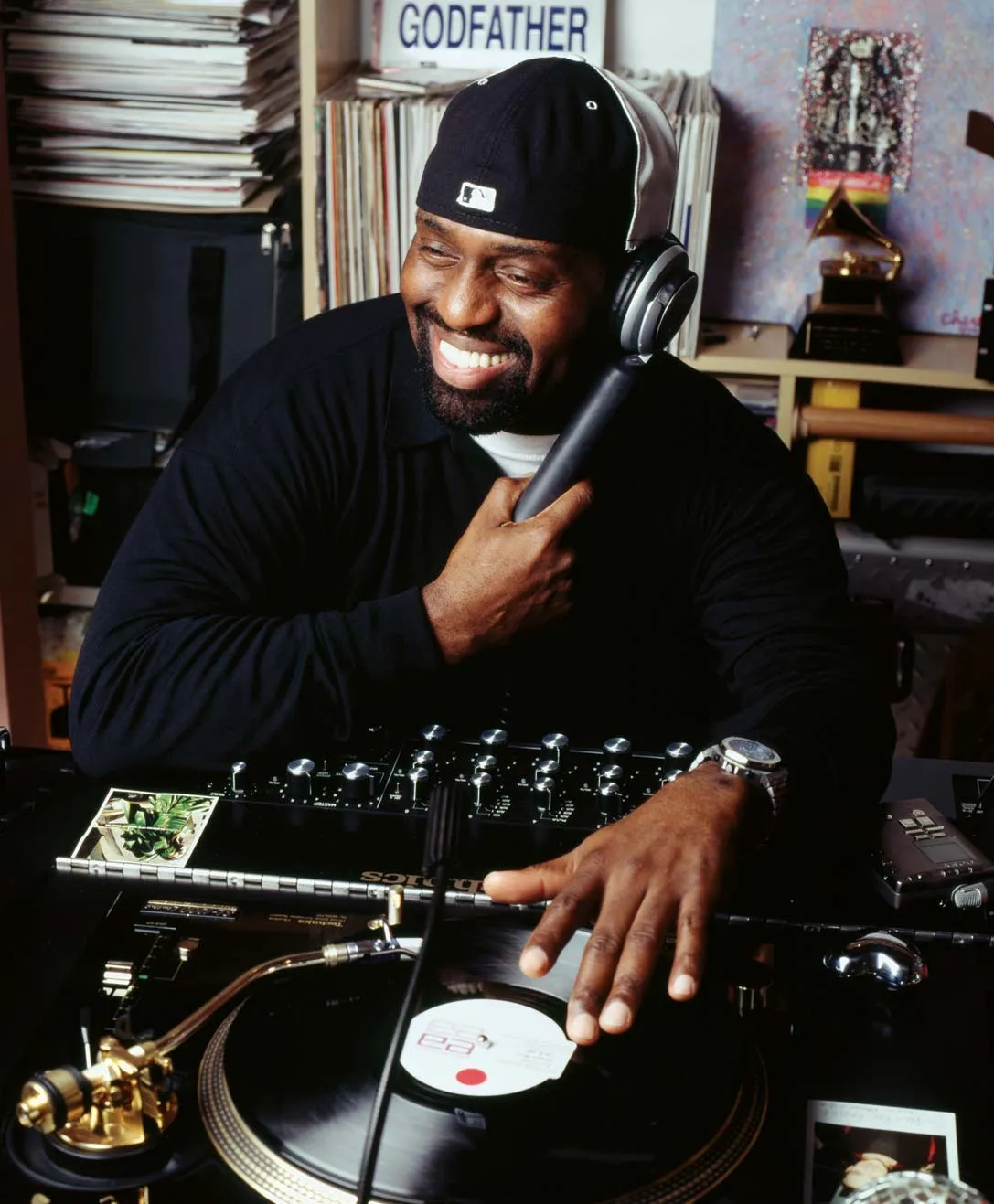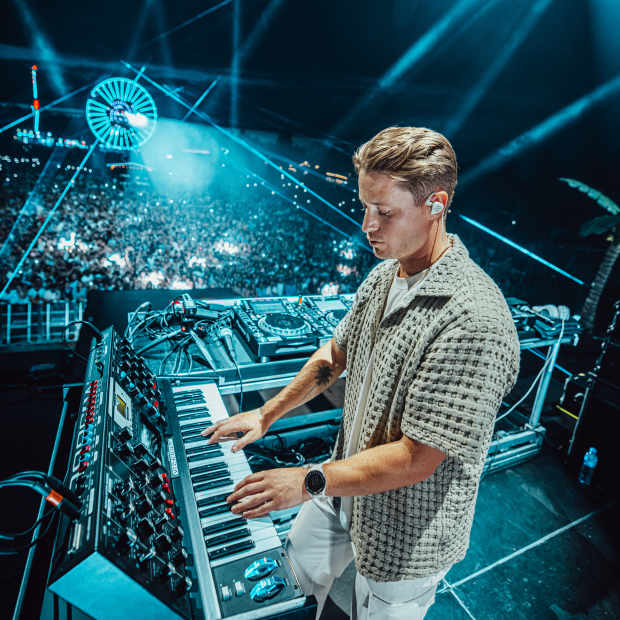The History of Electronic Music: FaltyDL’s Perspective
Electronic music has carved its niche in the modern musical landscape, evolving from early experimental sounds to a dominant genre that influences countless artists and listeners globally. As an acclaimed figure in the electronic music scene, FaltyDL offers a unique perspective on this genre's rich history and its impact on contemporary music. In this post, we delve into the history of electronic music through FaltyDL’s eyes, highlighting key milestones and influential figures, and exploring how this genre continues to evolve.

The Beginnings: Early Experiments and Pioneers
The history of electronic music can be traced back to the late 19th and early 20th centuries, a time marked by rapid technological advancements. Early pioneers like Thaddeus Cahill, who invented the Telharmonium in 1897, laid the groundwork for future developments. This massive instrument, which used electrical signals to produce sound, was among the first to explore the possibilities of electronic music.
FaltyDL points out that while these early experiments were groundbreaking, it wasn't until the mid-20th century that electronic music began to take shape as a distinct genre. The invention of the theremin by Leon Theremin in 1920 and the development of the Ondes Martenot by Maurice Martenot in 1928 introduced new ways of creating sound. These instruments were used by avant-garde composers to produce otherworldly sounds that were previously unimaginable.
For those looking to delve deeper into this fascinating history, exploring resources from an essaypro.com/article-review-writing-service - article writing service can provide valuable insights and detailed research on the evolution of electronic music.
The Post-War Era: Birth of Musique Concrète and Electronic Studios
After World War II, the advent of tape recording technology revolutionized the music industry. Pierre Schaeffer, a French composer, was among the first to experiment with recorded sounds, leading to the creation of musique concrète. This technique involved manipulating tape recordings of natural sounds to create new compositions. FaltyDL notes that Schaeffer's work was crucial in demonstrating the artistic potential of recorded sounds, paving the way for future electronic music innovations.
The establishment of electronic music studios in the 1950s, such as the Westdeutscher Rundfunk (WDR) studio in Cologne, Germany, and the Radiophonic Workshop in the UK, provided composers with the tools and resources to explore electronic soundscapes further. Pioneers like Karlheinz Stockhausen and Daphne Oram utilized these studios to create experimental compositions that pushed the boundaries of traditional music.

The 1960s and 1970s: Synthesis and Popularization
The 1960s and 1970s were pivotal decades for electronic music, marked by significant technological advancements and the genre's increasing popularity. The invention of the Moog synthesizer by Robert Moog in the mid-1960s made electronic music more accessible to musicians. The synthesizer's ability to generate a wide range of sounds made it an essential tool for both experimental composers and popular musicians.
FaltyDL highlights the work of Wendy Carlos, whose 1968 album "Switched-On Bach" brought electronic music to mainstream audiences. By performing classical music on a Moog synthesizer, Carlos demonstrated the versatility of electronic instruments and their potential for artistic expression.
The 1970s saw the rise of electronic music in popular culture, with artists like Kraftwerk, Giorgio Moroder, and Jean-Michel Jarre achieving commercial success. Kraftwerk, in particular, played a crucial role in shaping the sound of electronic music. Their minimalist, machine-like compositions laid the foundation for genres like techno and electro.
The 1980s and 1990s: Digital Revolution and Genre Explosion
The digital revolution of the 1980s brought about significant changes in the production and dissemination of electronic music. The introduction of digital synthesizers, drum machines, and samplers, such as the Yamaha DX7, Roland TR-808, and Akai MPC, revolutionized music production. These tools allowed artists to create complex compositions with unprecedented ease and precision.
FaltyDL points to the emergence of house, techno, and hip-hop as defining moments in electronic music history. House music, which originated in Chicago in the early 1980s, combined elements of disco, funk, and electronic music. Techno, which emerged in Detroit around the same time, drew inspiration from European electronic music and African-American musical traditions. Hip-hop producers used samplers to create innovative beats, leading to the development of new production techniques that continue to influence music today.
The 1990s saw the proliferation of subgenres within electronic music, including trance, drum and bass, and jungle. Artists like Aphex Twin, The Prodigy, and Orbital pushed the boundaries of electronic music, creating complex, genre-defying compositions that challenged listeners' expectations.
The 2000s and Beyond: Digital Age and Global Influence
The advent of the internet and digital distribution in the 2000s transformed the music industry, making it easier for artists to share their work with a global audience. Online platforms like SoundCloud and Bandcamp provided independent artists with a space to showcase their music, leading to the emergence of new scenes and communities.
FaltyDL emphasizes the role of technology in democratizing music production. Affordable software and hardware tools have enabled a new generation of producers to create and distribute their music without the need for major label support. This democratization has led to a rich diversity of sounds and styles within electronic music.
In recent years, electronic music has continued to evolve, incorporating elements from various genres and cultures. The rise of genres like dubstep, future bass, and lo-fi hip-hop reflects the genre's adaptability and global reach. Artists like Flying Lotus, Flume, and Kaytranada have pushed the boundaries of electronic music, blending it with jazz, soul, and hip-hop to create innovative and genre-defying sounds.

FaltyDL’s Influence and Perspective
As an artist who has consistently pushed the boundaries of electronic music, FaltyDL's perspective on the genre's history is invaluable. His work, which blends elements of house, techno, and experimental music, reflects the genre's rich history and its ongoing evolution. FaltyDL's performance is a testament to the transformative power of electronic music and its ability to inspire and innovate.
Conclusion
The history of electronic music is a story of innovation, experimentation, and artistic expression. From the early experiments of Thaddeus Cahill and Leon Theremin to the genre-defying work of contemporary artists like FaltyDL, electronic music has continuously evolved, challenging traditional notions of music and sound. As we look to the future, electronic music will undoubtedly continue to inspire and innovate, shaping the musical landscape for generations to come.
Through FaltyDL's perspective, we gain a deeper appreciation for the genre's rich history and its profound impact on contemporary music. Whether you are a seasoned producer or a curious listener, exploring the history of electronic music can provide valuable insights into the art and science of sound.
Listen to the Evolution of Electronic Music 1955-2023.